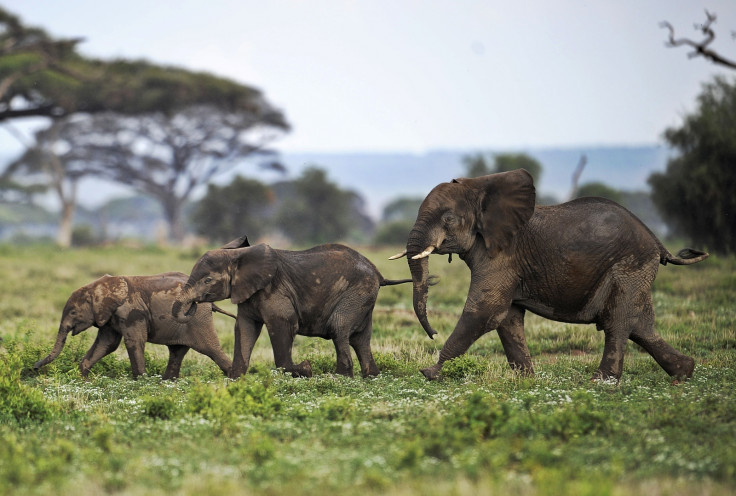Humans not climate responsible for lack of large mammal diversity around the world

Without the rapid and vast spreading of human populations, the world would have an animal kingdom in the majority of locations – similar to that of the Serengeti. A study from Aarhus University, Denmark, says the biological diversity around the globe is not due to climatic or other environmental constrains but because of past human activity.
Despite the obvious temperature dip in the likes of Europe when compared to Africa, it says large mammals such as elephants and rhinoceroses would join the likes of wolves, Eurasian elk (moose) and bears in northern Europe.
"Northern Europe is far from the only place in which humans have reduced the diversity of mammals – it's a worldwide phenomenon. And, in most places, there's a very large deficit in mammal diversity relative to what it would naturally have been," said Professor Jens-Christian Svenning, Department of Bioscience, Aarhus University, one of the researchers behind the study.

Africa is home to the biggest variant in mammal diversity, the report published in Diversity And Distributions states, with it claiming it is because it is one of the few places that has not been totally affected by human activity. But an animal diversity world map constructed by the researchers shows that North America would also be a hot spot for large mammals, if it was not for human intervention. It adds that the mass extinction experienced during last ice age and the ensuing millennia was because of human activity.

Postdoctoral Fellow Soren Faurby, from the Department of Bioscience, Aarhus University, who is the lead author on the study, added: "Most safaris today take place in Africa, but under natural circumstances, as many or even more large animals would no doubt have existed in other places, eg, notably parts of the New World such as Texas and neighbouring areas and the region around northern Argentina-Southern Brazil.
"The reason that many safaris target Africa is not because the continent is naturally abnormally rich in species of mammals. Instead it reflects that it's one of the only places where human activities have not yet wiped out most of the large animals." The report adds that the climate of the continent has little bearing over its success in homing large mammals.
Mountainous areas have also been a fruitful location for large mammals. It had been thought that this was due to different species evolving in deep valleys and high mountains. But the report says it is because it acts as a shelter from humans.
Faurby added: "The current high level of biodiversity in mountainous areas is partly due to the fact that the mountains have acted as a refuge for species in relation to hunting and habitat destruction, rather than being a purely natural pattern. An example in Europe is the brown bear, which now virtually only live in mountainous regions because it has been exterminated from the more accessible and most often more densely populated lowland areas."
© Copyright IBTimes 2025. All rights reserved.






















